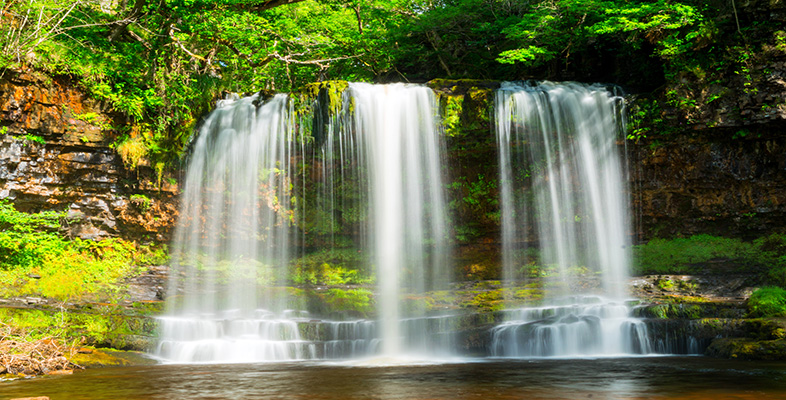Home » Course Layouts » Free Course Layout Udemy
What affects the atmospheric and ocean flows?
0
51
English
English [CC]
FREE
- Learn basic syntax that can apply to any language.
- Learn what is a programming language and the basic concepts for beginners.
- Understand what is Javascript in it's truest form.
- Know the basic syntax of Javascript.
- Know some hidden quirks in Javascript.
Description
This course, Environment: understanding atmospheric and ocean flows, explores the mechanisms that are important; the most rapid carrier is the wind. The basic principle of global atmospheric circulation is simple: warm air rises and cold air sinks. How does this principle affect the atmosphere and flow of water in practical terms? Starting with an iconic environmental icon, the polar bear, you will learn how global flows of water, heat and pollution are affecting the Arctic region and changing our world.
Course learning outcomes
After studying this course, you should be able to:
- Appreciate how chemical processes in the rest of the world affect the Arctic environment and the species inhabiting it
- Recognise the physical processes that determine atmosphere and oceanic flows in the Arctic
- Appreciate the scientific research process and the use of scientific evidence
- Recognise the role and limitations of scientific data in attempting to predict global climatic change
- Understand the concept of feedback loops.
Course content
- Introduction 00:15:00
- Learning outcomes 00:07:00
-
- An environmental icon 00:15:00
- Polar bears and pollutants 00:20:00
- Pollutants and bioaccumulation 00:15:00
- Summary of Section 1 00:05:00
-
- The atmospheric and ocean flows 00:15:00
- Albedo 00:10:00
- Specific heat capacity 00:10:00
- Russian tree trunks in the Arctic 00:10:00
- Nansen and the voyage of the Fram 00:15:00
- Pollutant pathways to the Arctic 00:15:00
- Summary of Section 2 00:05:00
- The ice time machine 00:20:00
- Ice cores and the atmosphere 00:15:00
- Powers of ten and scientific notation 00:10:00
- Interpreting a graph 00:20:00
- The past temperature of the planet 00:45:00
- Proxy data and past climates 00:15:00
- The central part of an atom 00:10:00
- Ice core going back 800 000 years 00:15:00
- Interglacial periods and sea levels 00:30:00
- The Milankovitch model 00:15:00
- The Keeling Curve 00:15:00
- Ice cores and past CO2 levels 00:15:00
- Global CO2 levels and Antarctic temperatures 00:20:00
- Scientific method 00:15:00
- Summary of Section 3 00:07:00
- The contemporary Arctic climate 00:15:00
- Melting ice caps and sea ice extent 00:15:00
- Gradient of a straight-line graph 00:15:00
- Ice-albedo feedback loop 00:15:00
- Positive and negative feedback 00:15:00
- Permafrost 00:15:00
- Permafrost and tundra travel days 00:15:00
- Methane trapped in ice 00:20:00
- The Arctic and our environment 00:10:00
- Summary of Section 5 00:10:00
- Conclusion 00:15:00
N.A
- 5 stars0
- 4 stars0
- 3 stars0
- 2 stars0
- 1 stars0
No Reviews found for this course.
Instructor
OpenCoursa
Accessible Education for Everyone
5
5
6
24218
4637
We are an educational and skills marketplace to accommodate the needs of skills enhancement and free equal education across the globe to the millions. We are bringing courses and trainings every single day for our users. We welcome everyone woth all ages, all background to learn. There is so much available to learn and deliver to the people.
Explore Free Courses
Access valuable knowledge without any cost.
{"title":"","show_title":"0","post_type":"course","taxonomy":"course-cat","term":"engineering-skills,health-and-safety","post_ids":"","course_style":"free","featured_style":"course6","masonry":"","grid_columns":"clear4 col-md-3","column_width":"268","gutter":"30","grid_number":"4","infinite":"","pagination":"","grid_excerpt_length":"20","grid_link":"1","grid_search":"0","course_type":"","css_class":"","container_css":"","custom_css":""}












